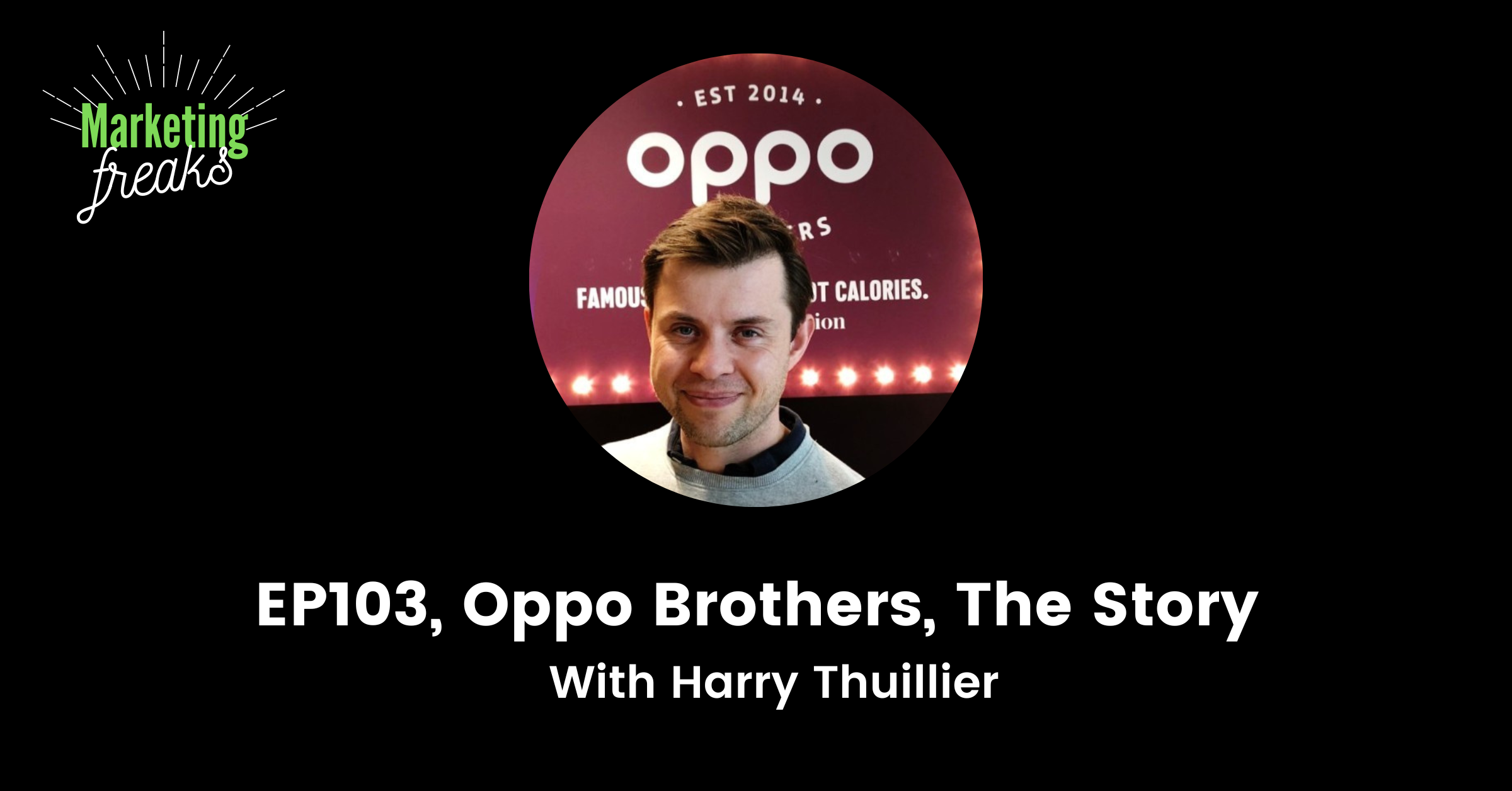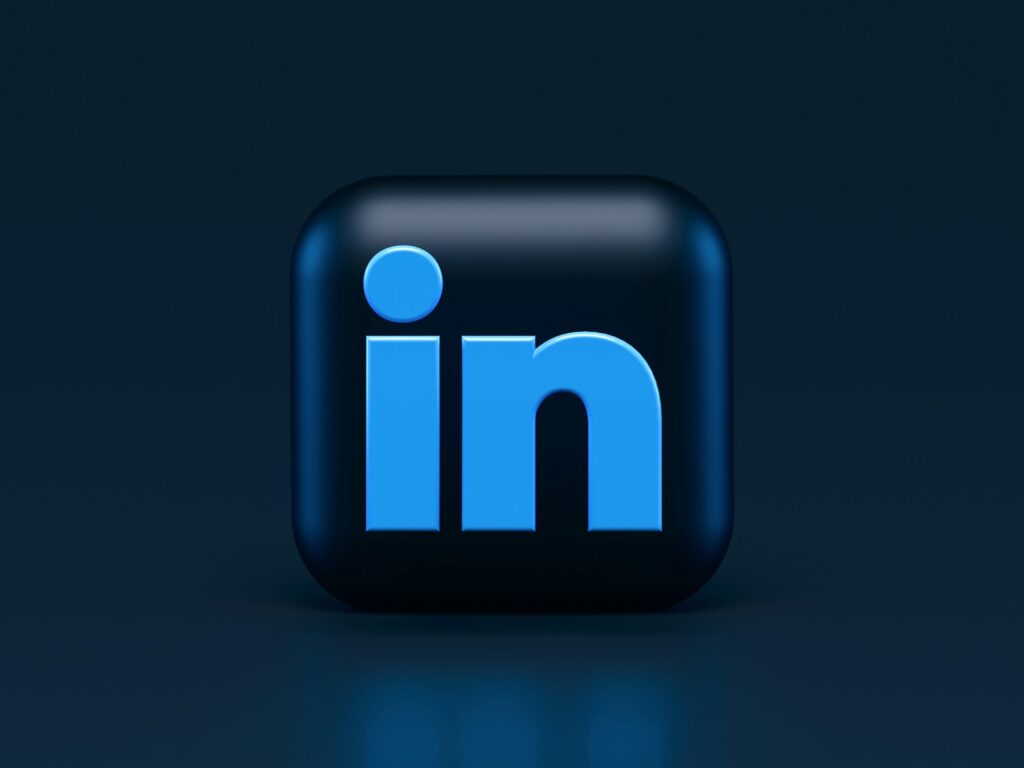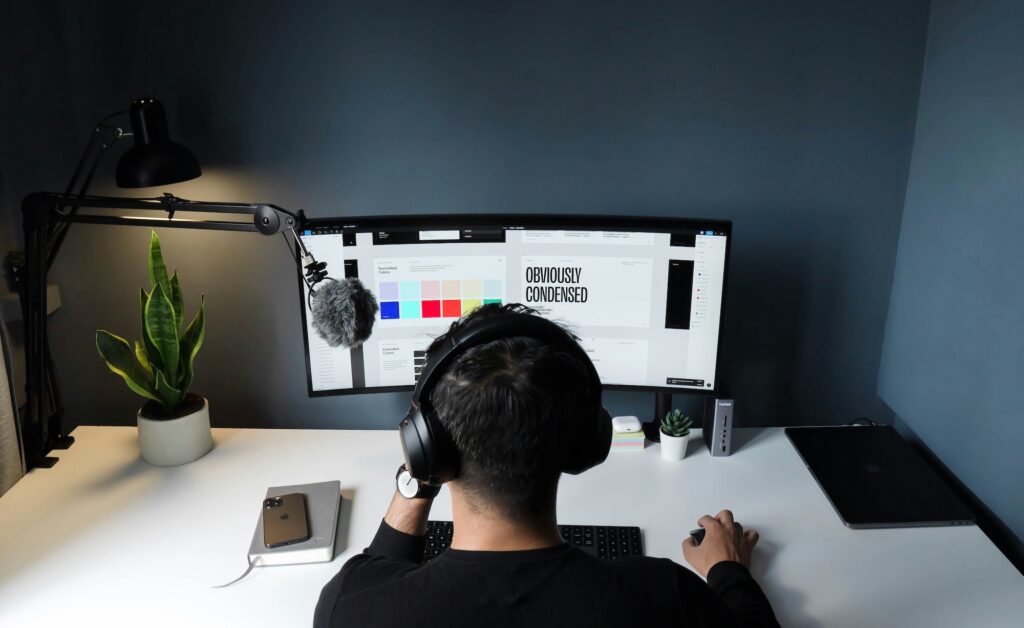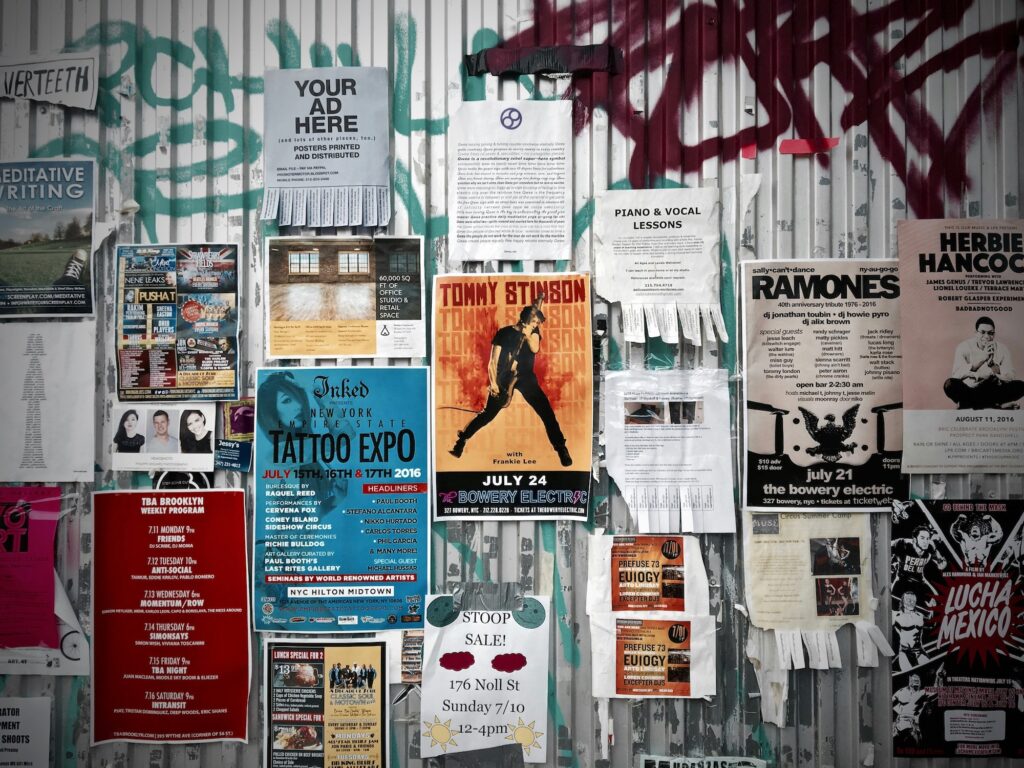Hi all and welcome to episode 103 of the Marketing Freaks podcast!
Over the next two weeks, Jon is joined by the truly inspiring Harry Thuillier, co-founder of Oppo Brothers, the award-winning British ice cream and healthy snack brand that has taken the market by storm.
If you haven’t heard of the Oppo Brothers, you’re missing out on an exhilarating story of entrepreneurship and success. So let us be the ones to enlighten you…
In this week’s episode, Jon and Harry discuss the journey from their Oppo Brothers concept through to Brand Development and being stocked in some of the UK’s largest supermarkets. They also go over some of the difficulties that Harry and his brother Charlie were faced with when starting out in their new business.

Subscribe links:
So where did it all start? We can put money on the fact you’d never guess the following answer:
Their journey began in Brazil, where Harry and Charlie set out to break a record for the longest distance travelled by kite power on land. Despite having only two hours of kite experience between them and using buggies with no brakes, they pressed on, often dragging their buggies through mangrove swamps for over 30 miles at a time. The arduous journey left them with little food, forcing them to forage for wild fruit and coconuts along the coastline.
It was during this time that they discovered the delicious and nutritious taste of wild fruits, which sparked an idea: “Why couldn’t all food be like this? What if people could indulge in sweet treats without the guilt of consuming loads of sugar and additives?” When they returned home, Charlie immediately got to work in the kitchen and spent the next two years perfecting a recipe for healthy ice cream, one that people would never need to resist.
The rest is history…
Now this incredible, impulsive brand is stocked in Waitrose stores nationally and can be ordered online at Sainsbury’s, Tesco, Asda, Ocado or Amazon.
If you’d like to learn more about Harry and Charlie’s incredible story in starting the Oppo Brothers, take a listen to this week’s episode!
Enjoy!



